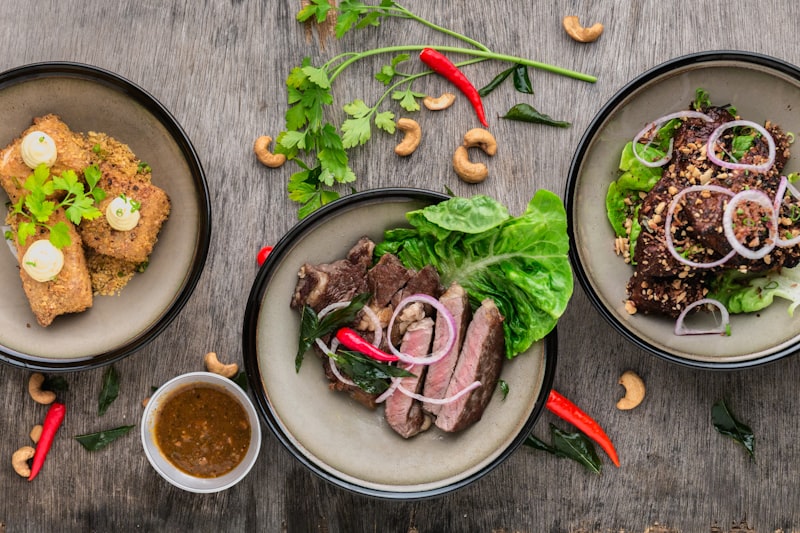
Healthy Cooking Made Simple: A Beginner's Guide
April 30, 2024
Healthy cooking doesn't have to be complicated or time-consuming. Here's a comprehensive guide to help you create nutritious and delicious meals at home:
Essential Kitchen Tools
Start with these basic tools for healthy cooking:
- Sharp knives and cutting board
- Non-stick pans and pots
- Blender or food processor
- Measuring cups and spoons
- Baking sheets and casserole dishes
Stocking Your Pantry
Keep these healthy staples on hand:
- Whole grains (quinoa, brown rice, oats)
- Legumes (beans, lentils, chickpeas)
- Healthy oils (olive oil, avocado oil)
- Herbs and spices
- Nuts and seeds
Meal Planning Basics
Plan your meals for success:
- Create a weekly meal plan
- Make a detailed shopping list
- Prep ingredients in advance
- Cook in batches for leftovers
Healthy Cooking Techniques
Master these cooking methods:
- Steaming vegetables to retain nutrients
- Grilling lean proteins
- Roasting for enhanced flavors
- Stir-frying with minimal oil
- Slow cooking for tender results
Balanced Meal Components
Include these elements in your meals:
- Lean proteins (chicken, fish, tofu)
- Complex carbohydrates (whole grains, sweet potatoes)
- Healthy fats (avocado, nuts, olive oil)
- Colorful vegetables and fruits
Flavor Enhancement
Add flavor without extra calories:
- Use fresh herbs and spices
- Experiment with citrus and vinegars
- Try different cooking methods
- Incorporate umami-rich ingredients
Time-Saving Tips
Make healthy cooking more efficient:
- Use kitchen gadgets and appliances
- Prep ingredients in advance
- Cook in larger batches
- Use quick-cooking ingredients
Recipe Adaptation
Make your favorite recipes healthier:
- Reduce sugar and salt
- Substitute healthier ingredients
- Adjust portion sizes
- Add more vegetables
Remember, healthy cooking is a journey, not a destination. Start with small changes and gradually incorporate more healthy habits into your cooking routine. The key is to make sustainable changes that work for your lifestyle.